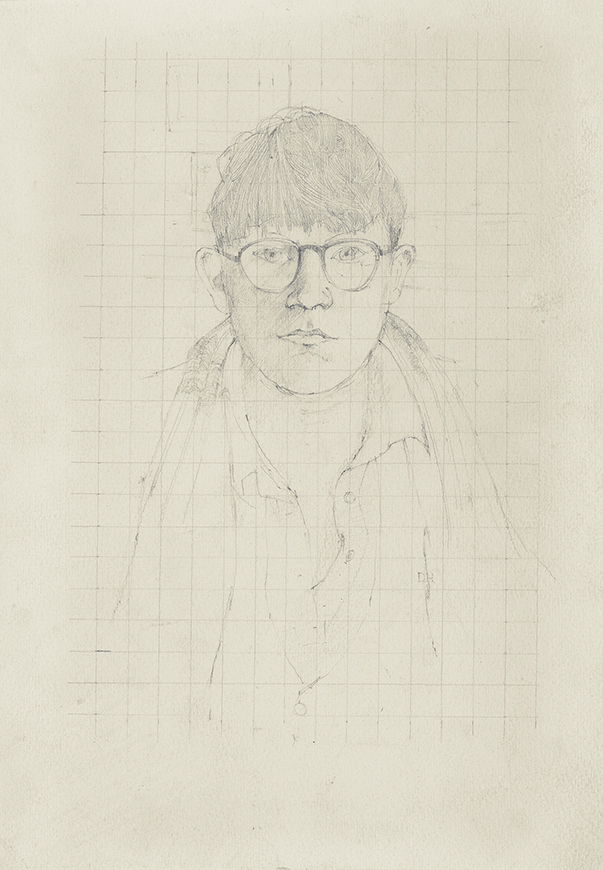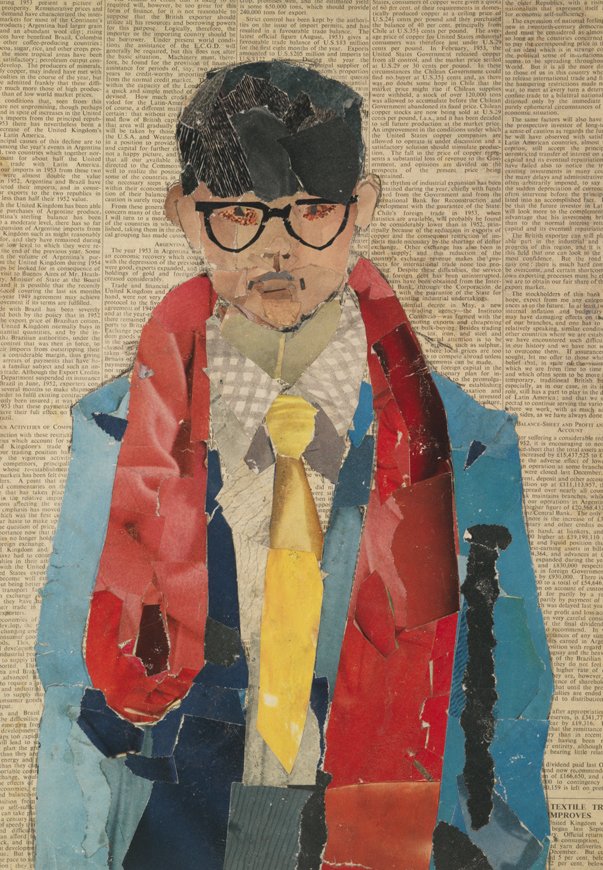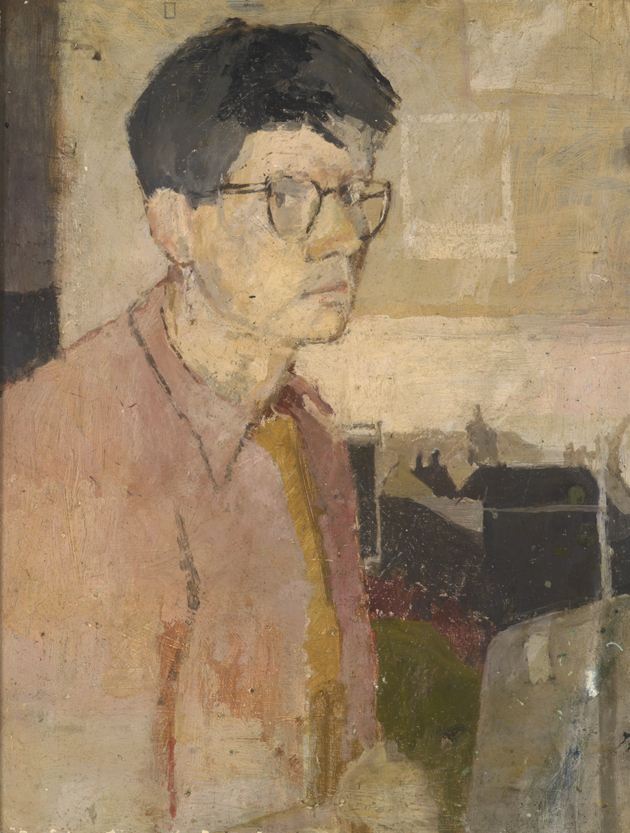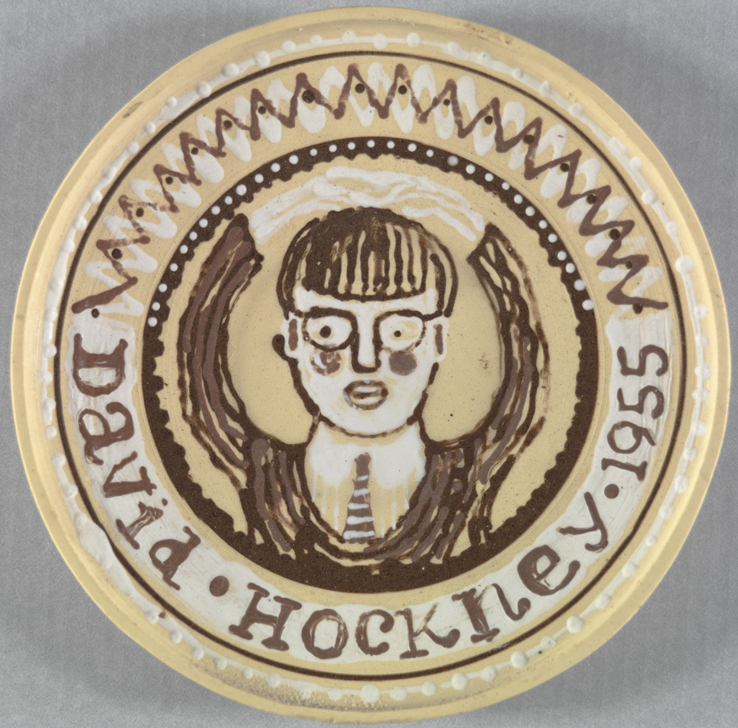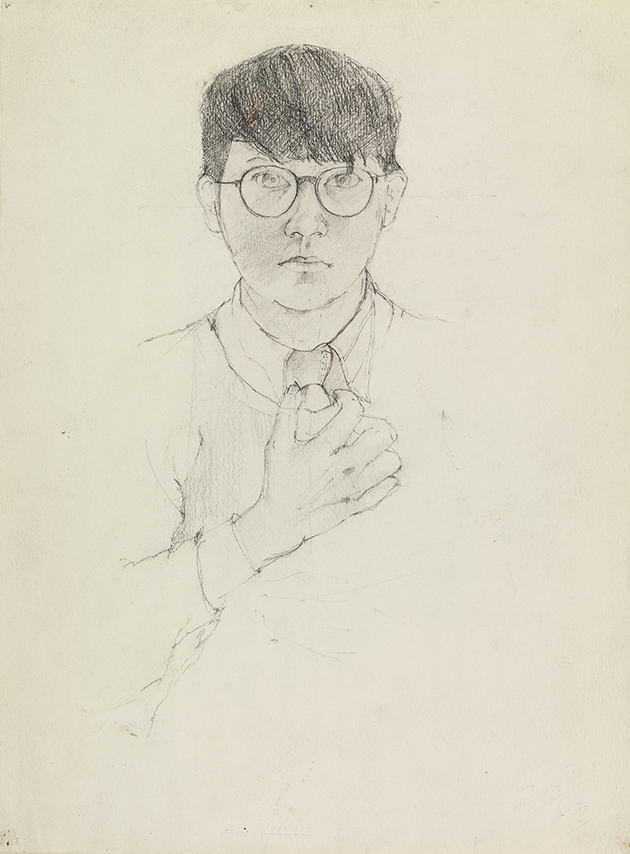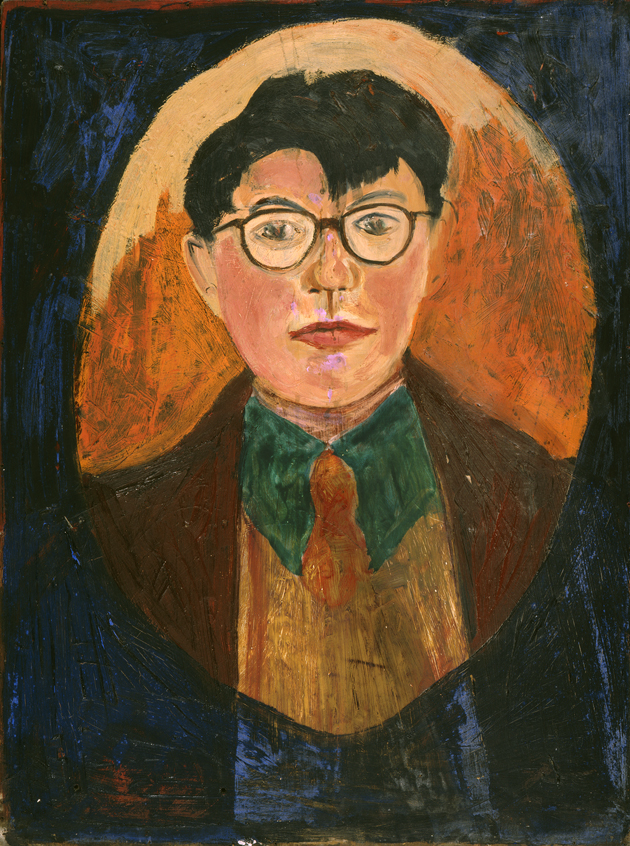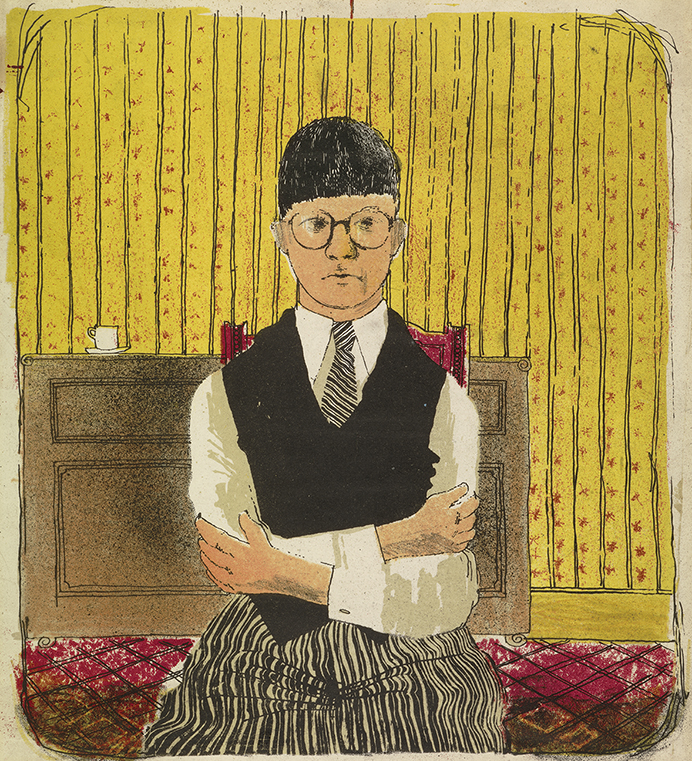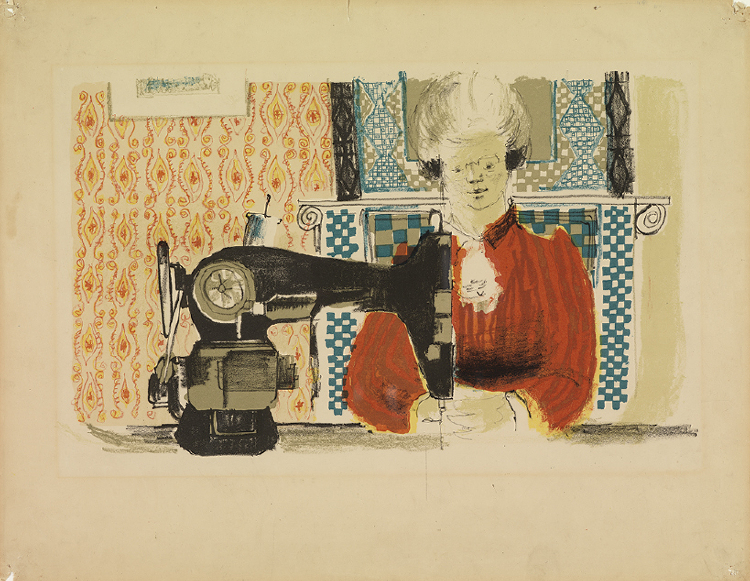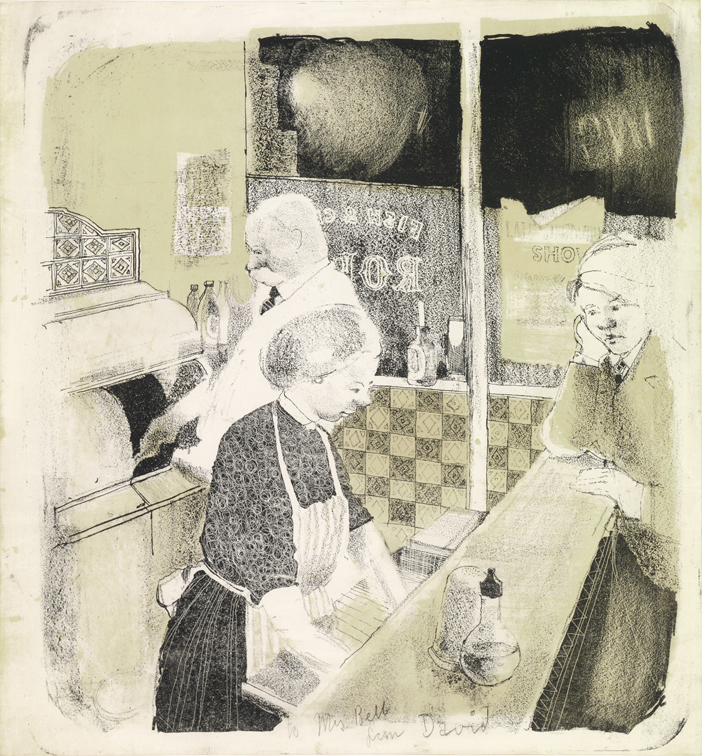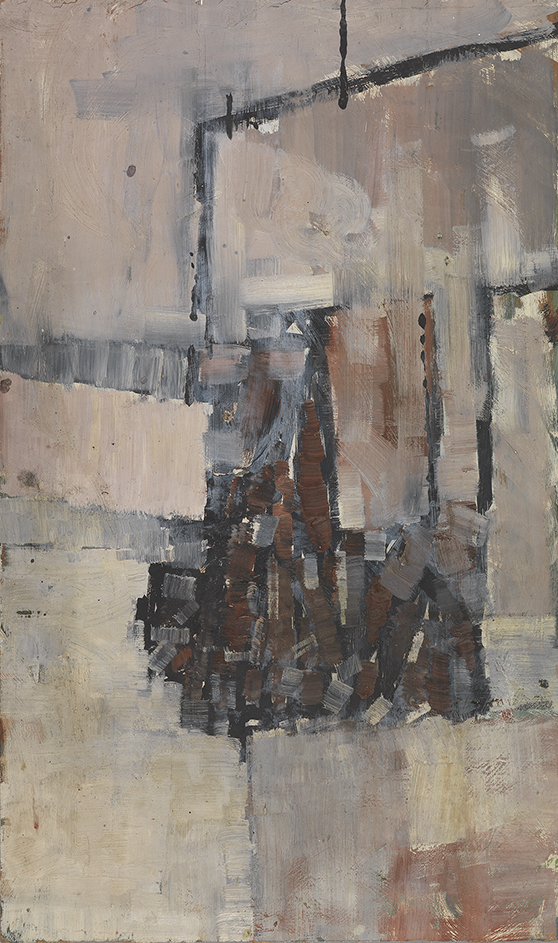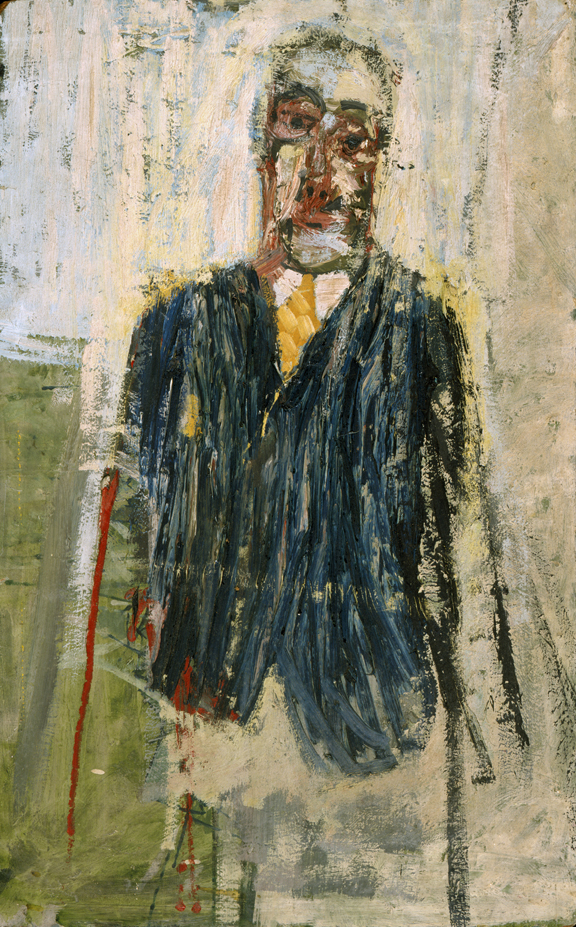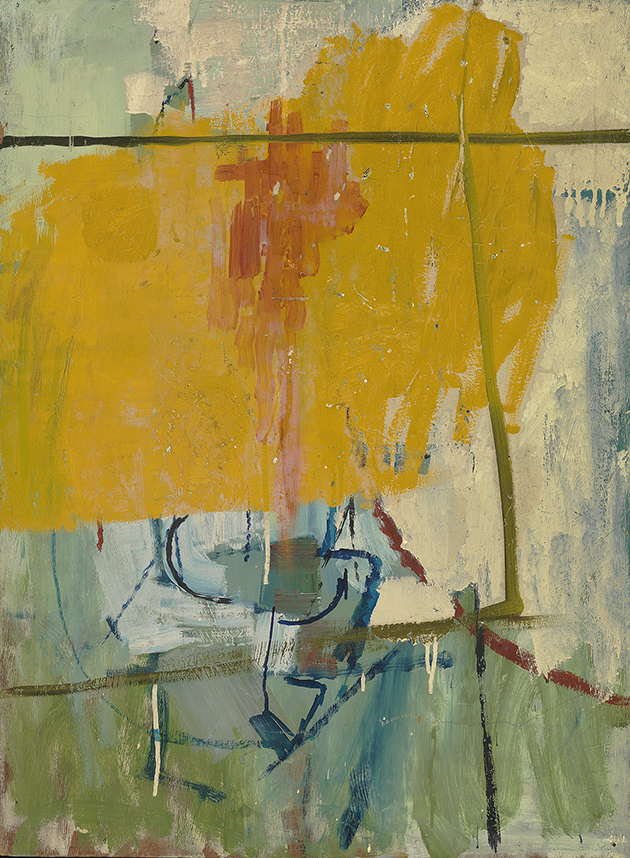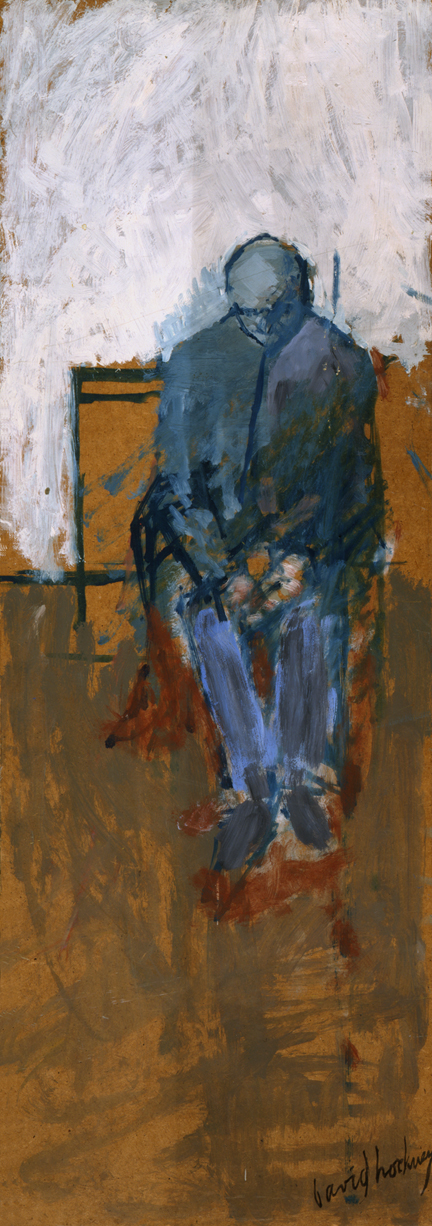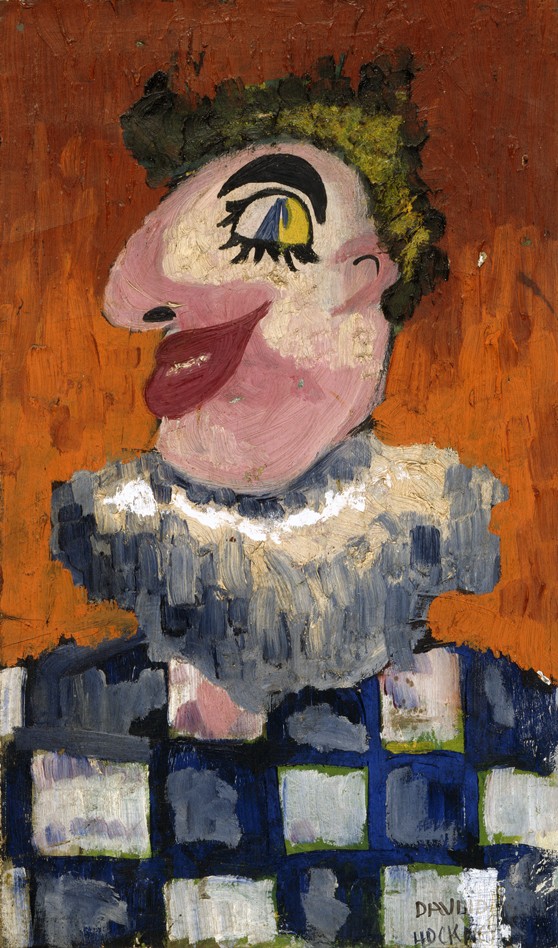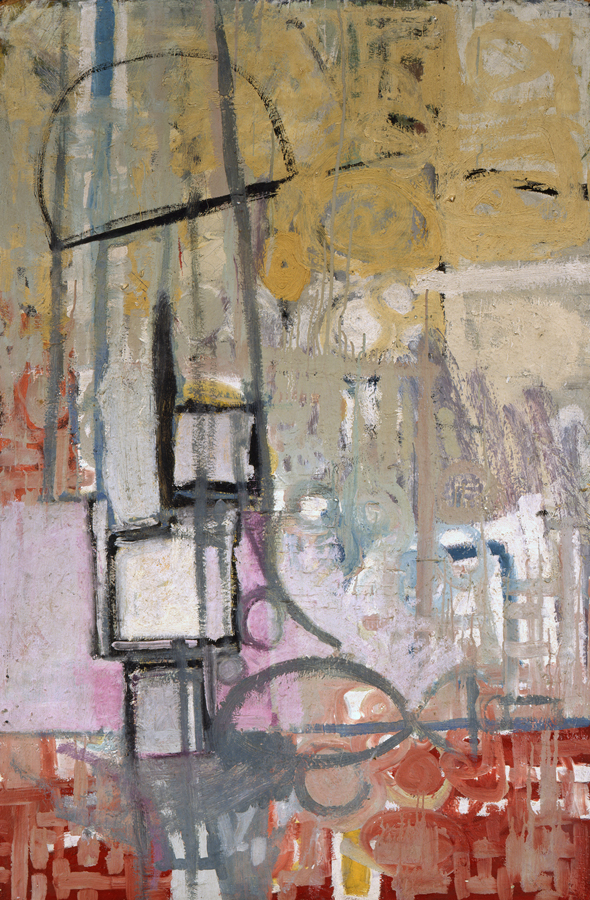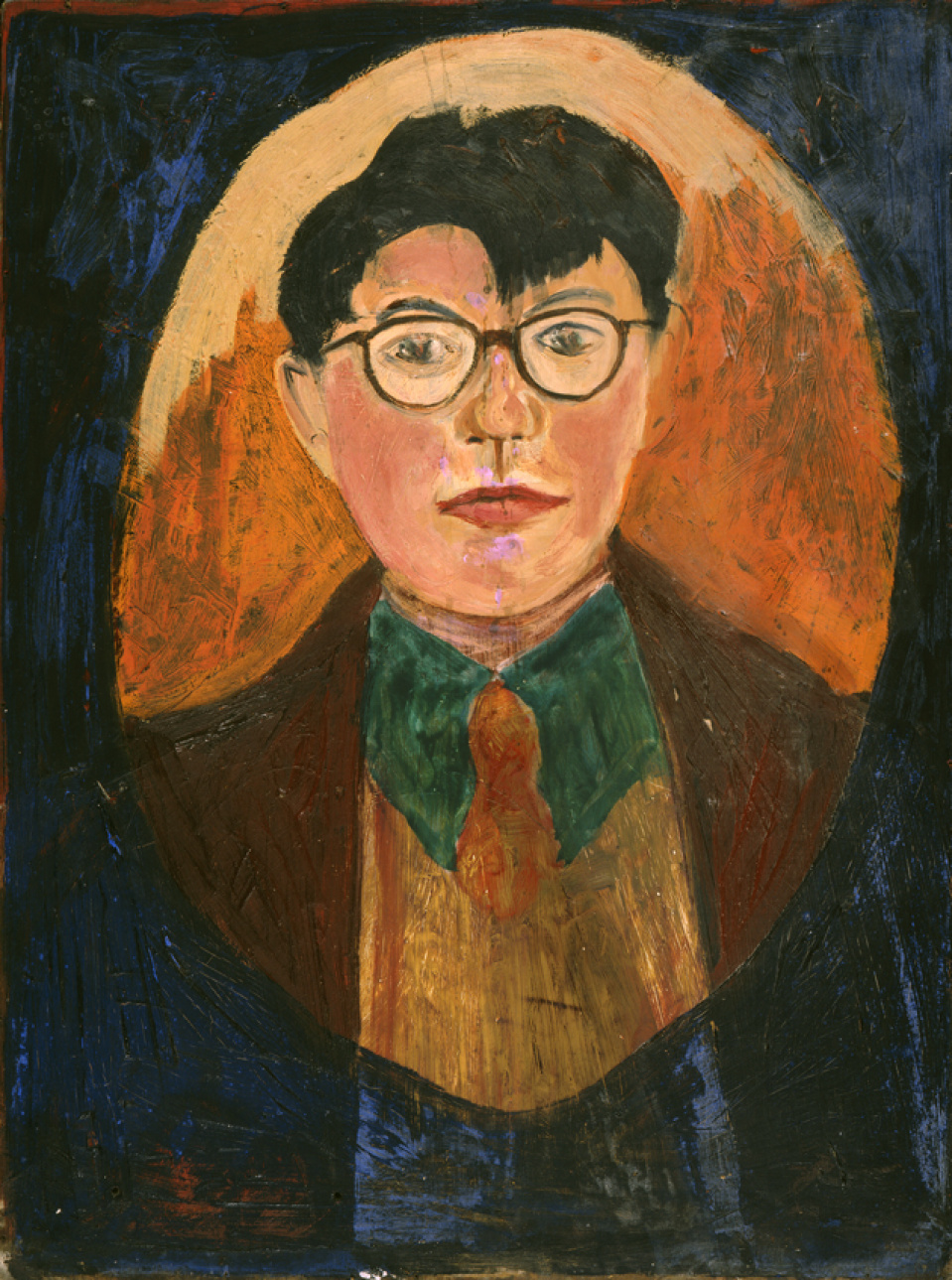
Bradford Art School
In 1953, Hockney enters the Bradford School of Art, a small institution where the focus is on traditional observation drawing and figurative work.[NESTED]Over the next four years, he develops beyond drawing and studying to become a commercial artist, realizing that painting is what most deeply engages him.
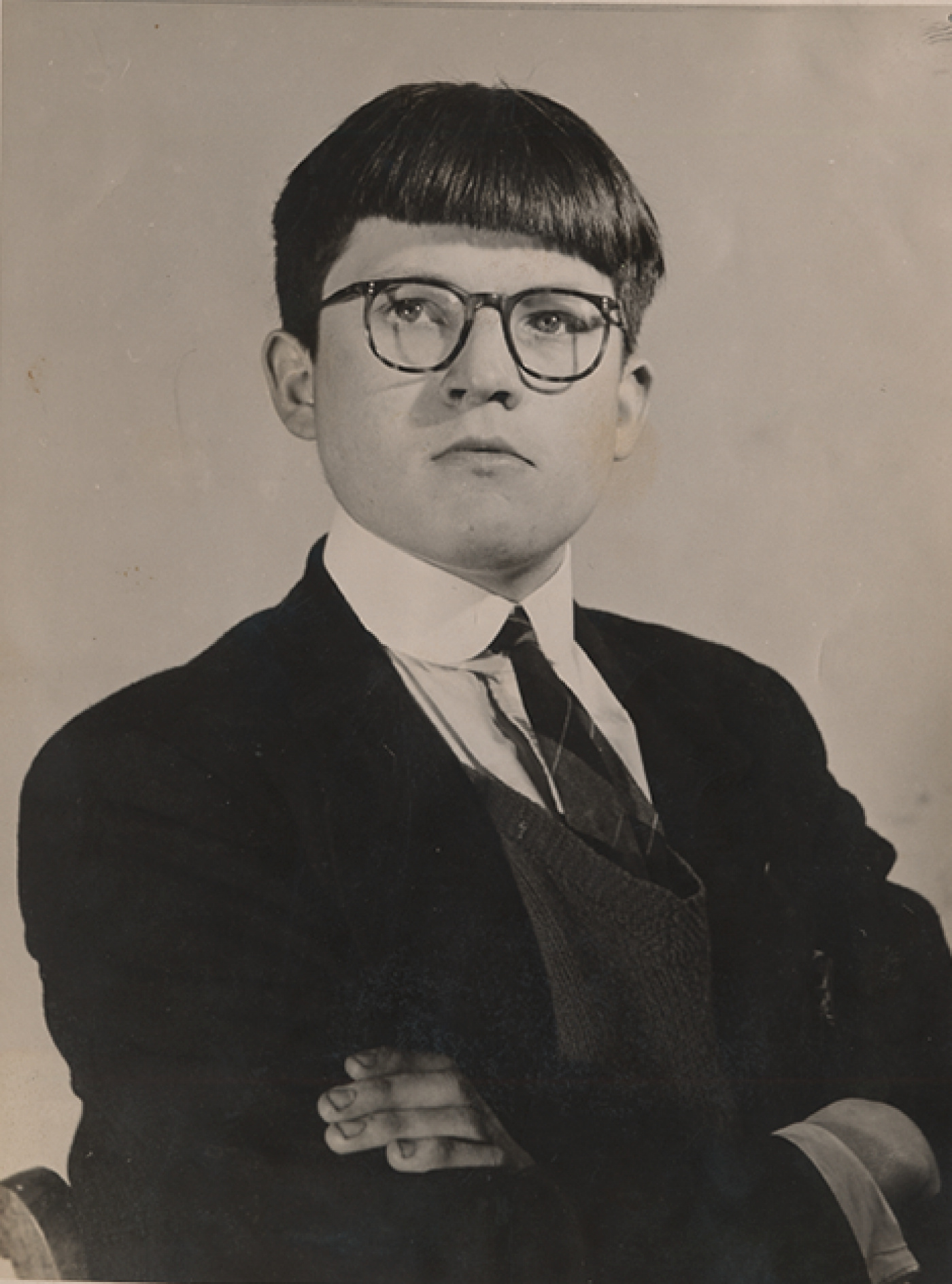
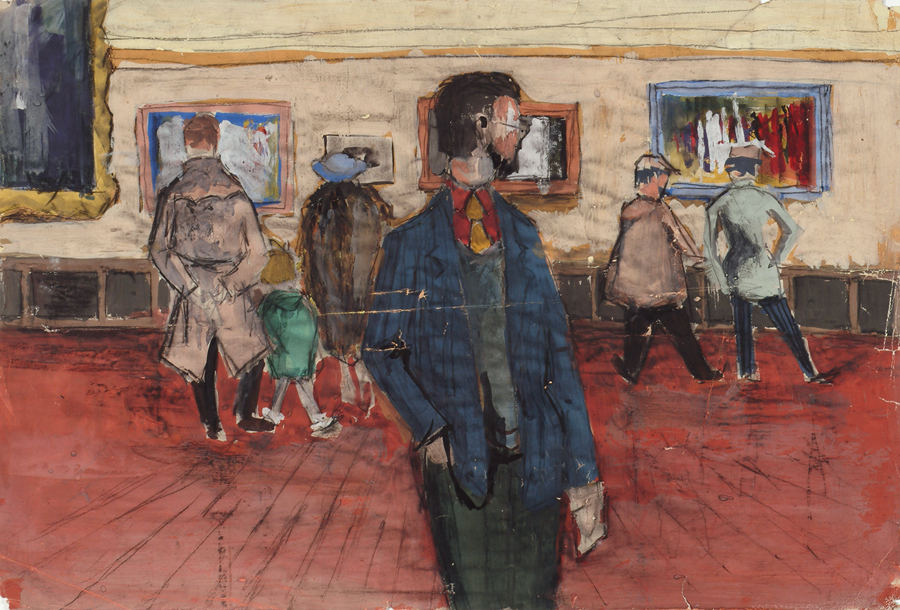
I was interested in everything at first. I was an innocent boy of sixteen and I believed everything they told me, everything. If they said, "You have to study perspective," I’d study perspective; if they told me to study anatomy, I’d study anatomy. It was thrilling, after being at the grammar school, to be at a school where I knew I would enjoy everything they asked me to do. I loved it all and I used to spend twelve hours a day in the art school.
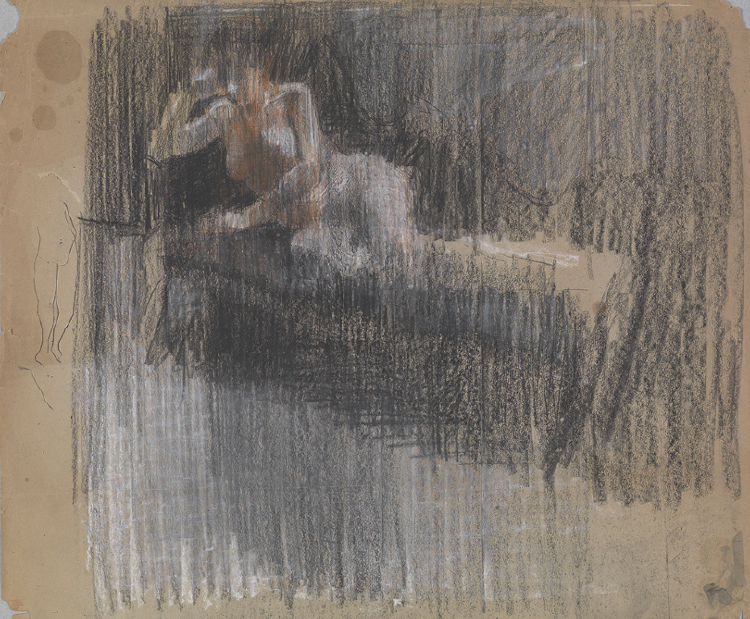

Painting Bradford
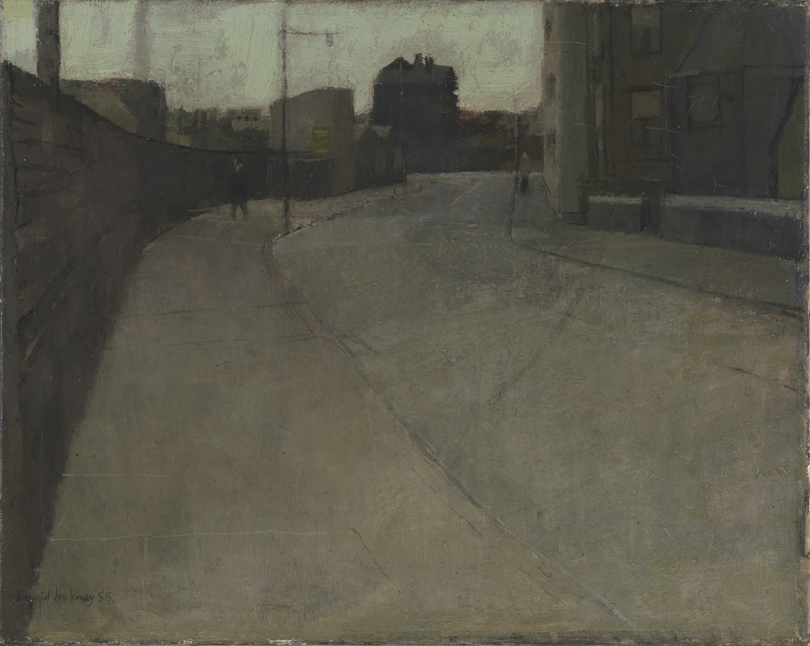
He turns to the streets of post-war Bradford and its environs [NESTED]as a painting subject.
I did a number of little pictures of semi-detached houses, Bradford suburbs. I put all the paints on a little cart made from a pram, wheeled it out and painted on the spot.
First sale
His painting Portrait of my Father, exhibited at the Yorkshire Artists Exhibition at Leeds Art Gallery in 1957, is the first work he ever sells.
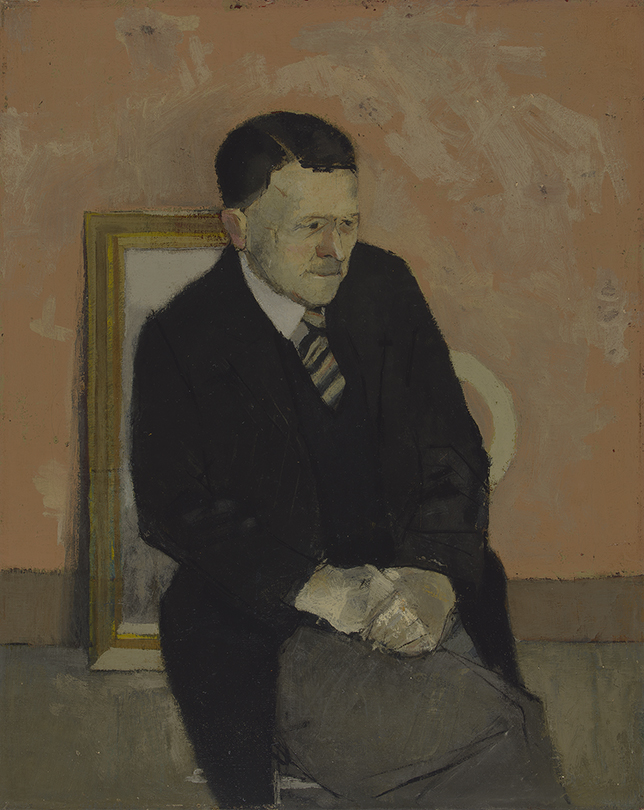
My father, who’d bought the canvas, set up the easel and then set up a chair for himself, and he set mirrors round so he could watch the progress of the painting and give a commentary. And he would say, "Oooh, that’s too muddy, is that for my cheek? No, no, it’s not that color." I had this commentary all the time, and I’d say, "Oh, no, you’re wrong, this is how you have to do it, this is how they paint at the art school," and I carried on. You aimed at likeness, but what you were really concerned about was tonal values—making sure you’d get the right tone. This meant you ignored color. Color was not a subject of painting in the art school.
Graduation from Bradford Art School
Hockney graduates, in 1957, with a First Class Diploma with Honours for the National Diploma in Design examination. He feels ready for bigger waters, beyond Bradford.
In my last year, when we’d already done a lot of drawing, I realized how academic the art school was and I began to think, "The whole problem is, I don't know anything about modern art." They liked Sickert; Sickert was the great god and the whole style of painting in that art school—and in every other art school in England—was a cross between Sickert and the Euston Road School …. On the other hand, if you’re a twenty-year-old, what does it matter?
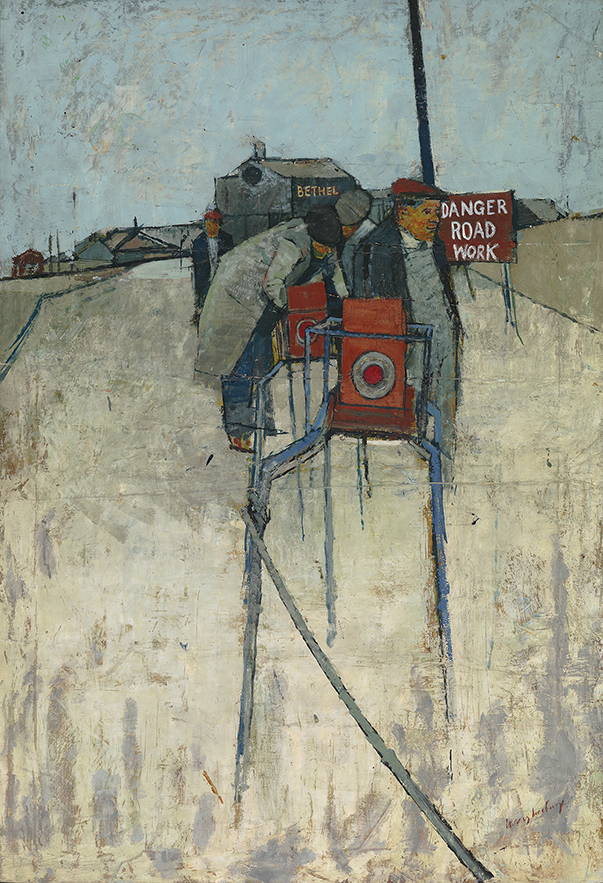
National Service
He is accepted at two London art schools, the Royal College of Art and the Slade, but must first complete two years of National Service. He does so as a conscientious objector by working as an orderly at St Luke’s Hospital in Bradford and St Helen’s Hospital in Hastings. Though he does not have the time to paint during his service, he does manage to see two exhibitions that make a deep impression on him: Alan Davies at Wakefield Art Gallery, and Jackson Pollock at Whitechapel Gallery, London.
